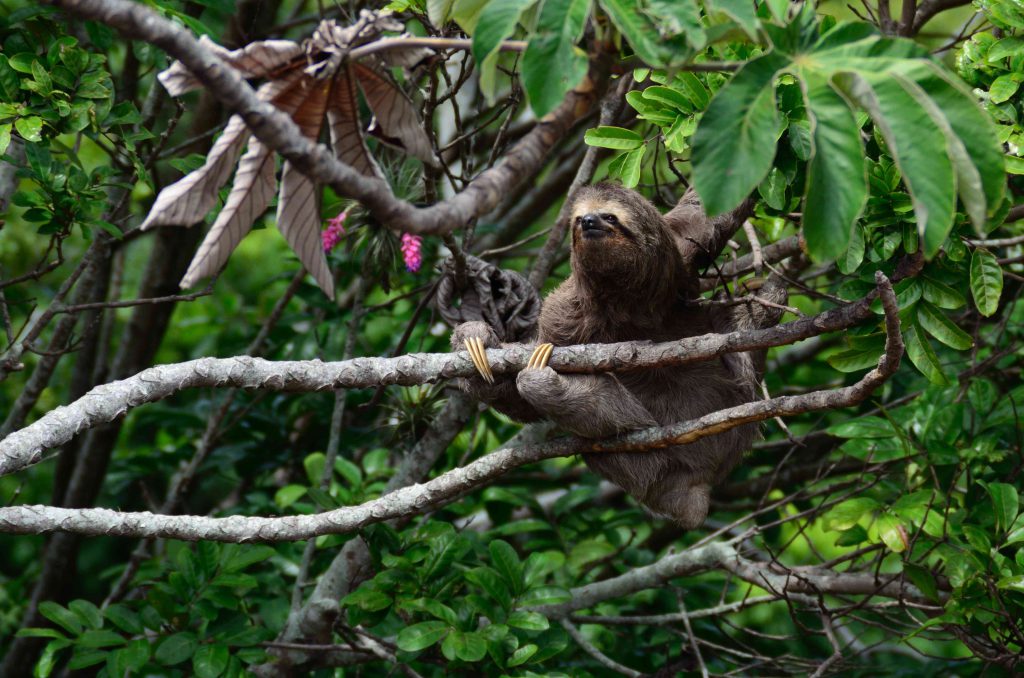
Fun Facts About the Majestic Costa Rican Sloths
When thinking of Costa Rica, what comes to mind? Perhaps the plentiful Perfect Pineapples growing in the sunshine, or maybe you think of the famous creatures known for their next-level laziness living among those pineapples. Costa Rica is famously known for their two types of sloths: Hoffman’s Two-Toed Sloth and the Brown-throated Three-Toed Sloth. These laid-back guys spend their days in the slow lane among the lush rainforests they call home while napping and snacking to their heart’s content. Sounds like the life, right?
Sloths Prioritize Their Sleep…A Lot
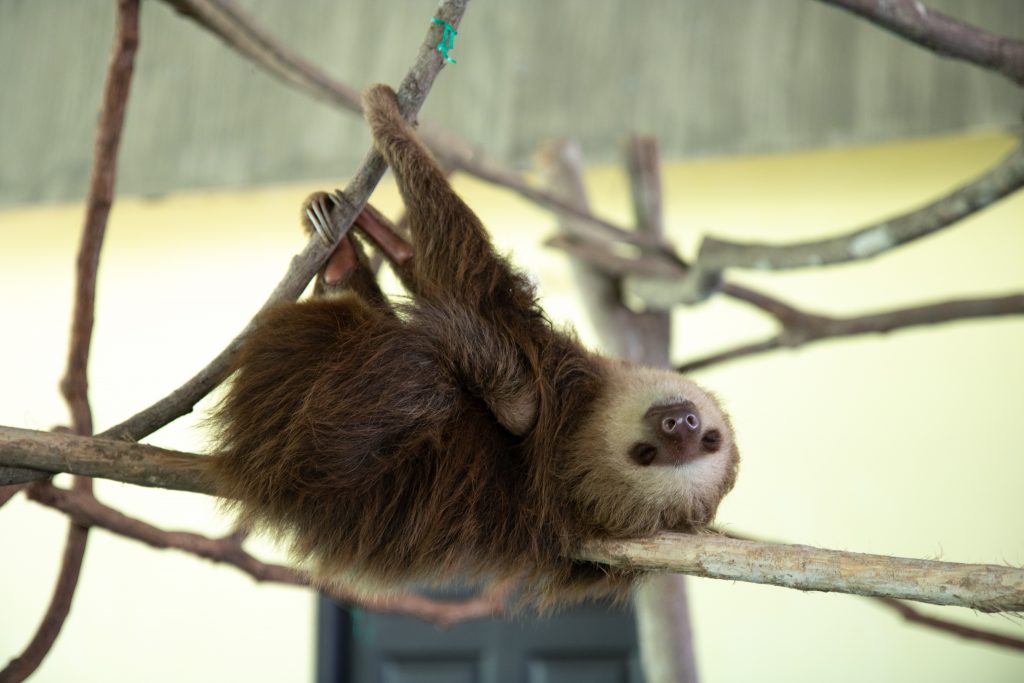
Along with their less than strenuous daily routine, sloths are known for moving at a snail’s pace in pretty much everything they do. You may be surprised to learn that the reason for this is the same as the reason they sleep their lives away. While many may be quick to attribute the sloth’s love of sleep and slow lifestyle to laziness, this is not the whole story.
When digging deeper into the habits of the sloth, we discover that they have the slowest digestive tract among all mammals. It can take them anywhere from two weeks to a month to fully digest a single leaf. Consequently, sloths preserve energy at any chance they get, resulting in their luxurious slow lifestyle.
Sloths Reproduce Among the Treetops
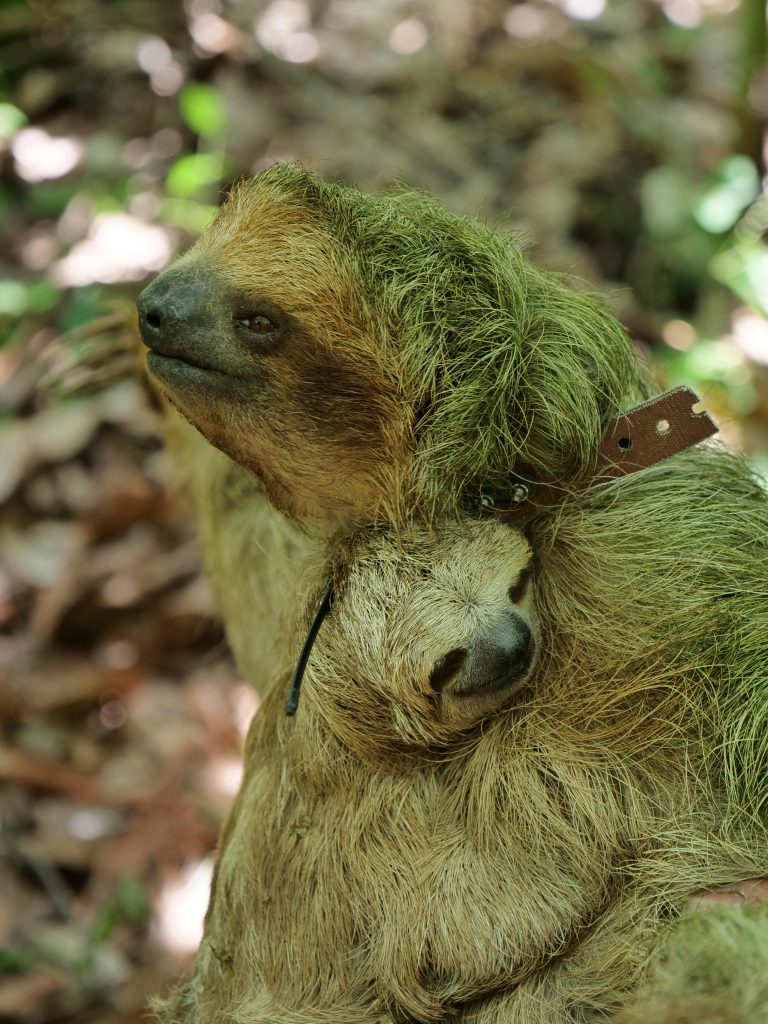
Just Hanging Out
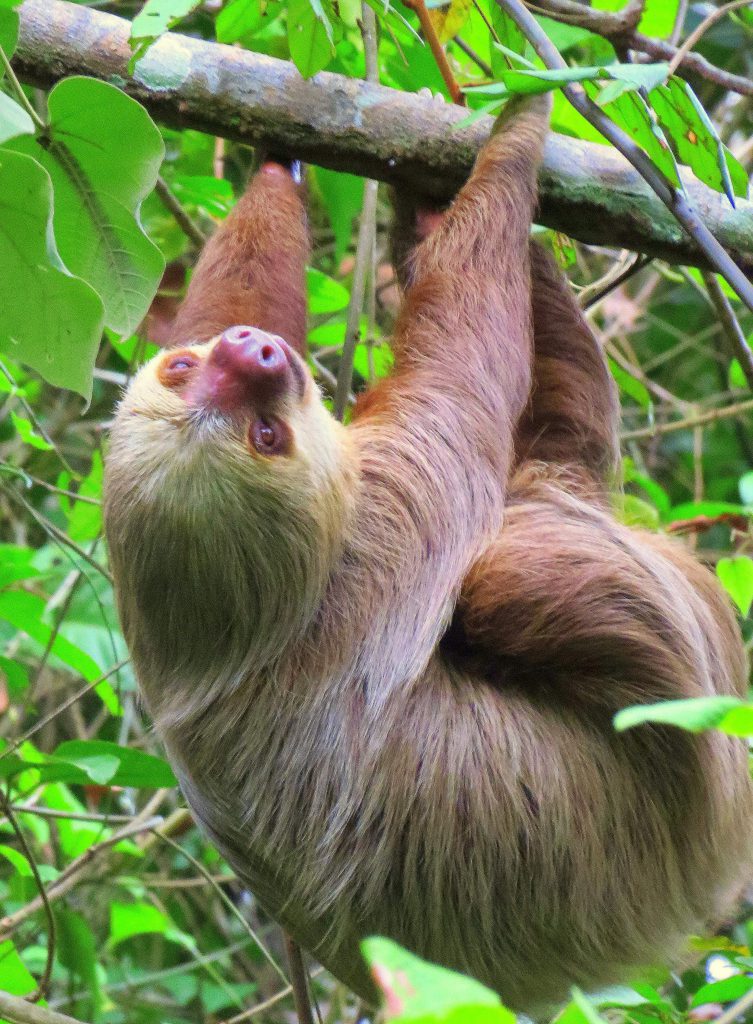
Champion Swimmers
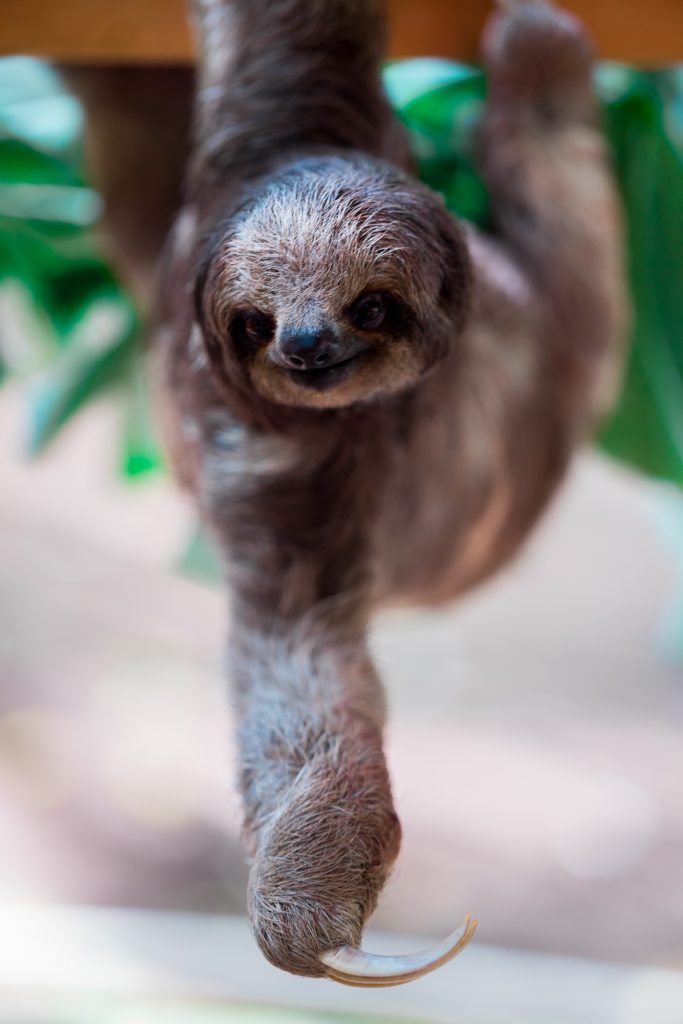
Sloths at Chestnut Hill Farms
Our farms are lucky enough to be located deep in the Costa Rican rainforest near Tortuguero National Park. An abundance of rainfall and the right level of humidity means our pineapples are extra sweet. Even better it means there are always sloths only a few minutes’ hike from the farm into the hills! Next time you’re on the north side of the continental divide, stop by and say hi to us and our furry friends.
Stay Up to Date on Everything Happening at Chestnut Hill Farms
Sign up for our newsletter to get news and updates from Costa Rica delivered to your inbox.
